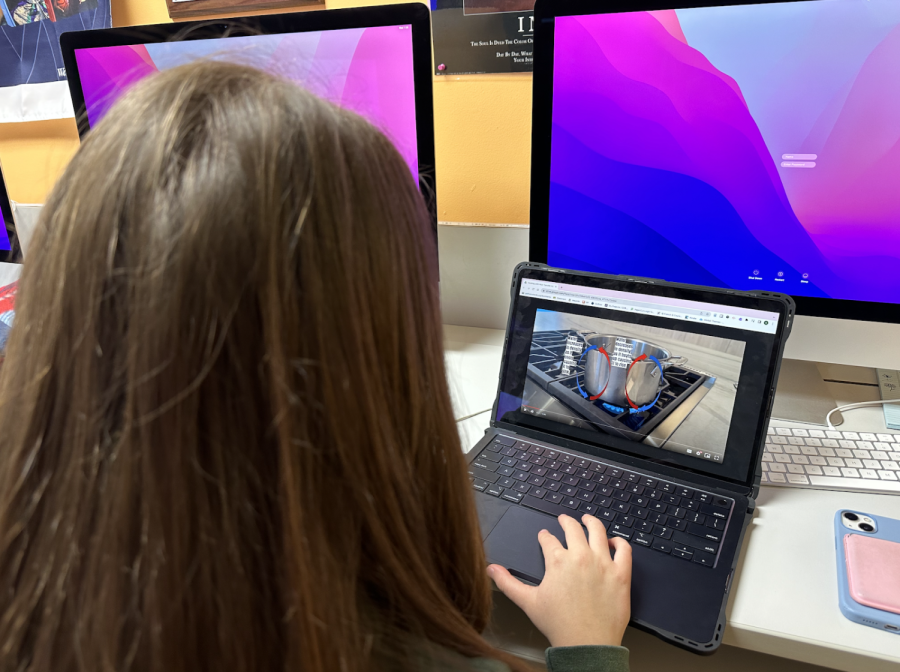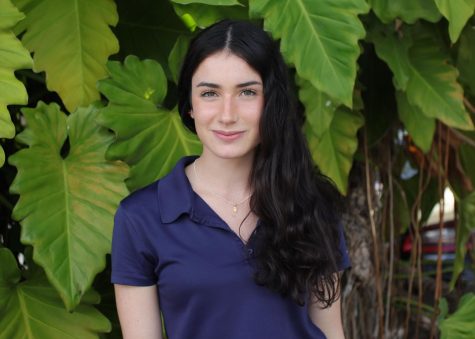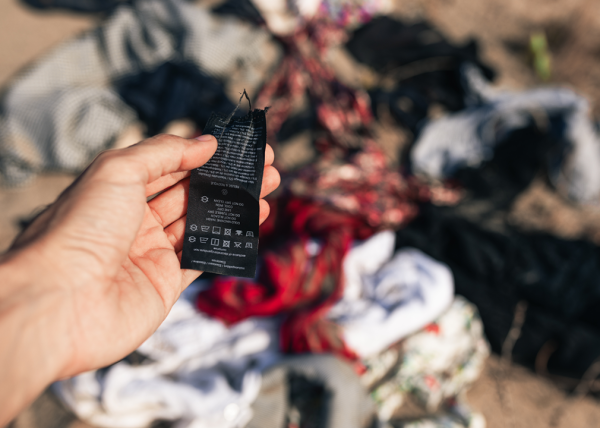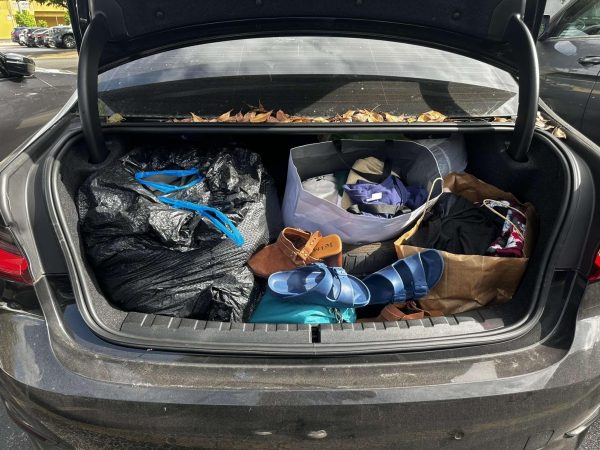Cooking with Heat Transfer: An Alternative Method of Learning
Students in Michelle Cooper’s IB SL Physics class engaged in a ‘Cooking with Heat Transfer Activity’, which allowed students to observe and discuss the various means by which heat is transferred into, or out of, food as it is being prepared for consumption. Students were then to create a “live-action” cooking video showing the separate types of heat transfer present during the cooking process.
January 12, 2023
Students baked cookies, fried eggs, and cooked pasta all in the name of physics. Michelle Cooper’s IB SL Physics students engaged in a ‘Cooking with Heat Transfer Activity’, which allowed students to observe and discuss the various means by which heat is transferred into, or out of, food as it is being prepared for consumption.
“I chose the project because it shows students’ how physics is related to their everyday lives. Not to mention, I enjoy giving students hands-on experience that they can use to reinforce concepts learned in class,” Cooper said.
The project due on Jan. 4, demonstrated the three separate methods of heat transfer: conduction, convection, and radiation. Students were to prepare a dish and then create a “live-action” cooking video showing the separate types of heat transfer present during the cooking process. According to students, the activity allowed them to gain a greater grasp of thermal physics concepts.
“I really enjoyed the project because I feel that it was a unique way to apply what we learn in class to the real world,” junior Sara Gelrud said. “I had a better understanding of the concepts after baking the cookies and explaining how heat transfer played a role in making the dish.”
Not only did students find the activity educational, but also very entertaining.
“I found the whole process to be very creative. I chose to make a piece of toast and a fried egg. It was very fun to make the dish, and also to edit and create the video portion of the assignment,” junior Sofia Molinari said.
Overall, the ‘Cooking with Heat Transfer’ project presented an alternative method of learning which aided multiple students.












